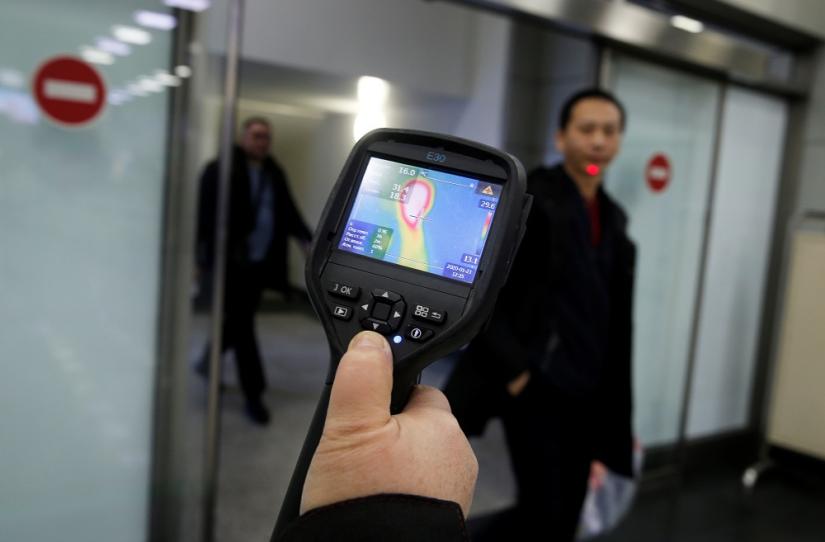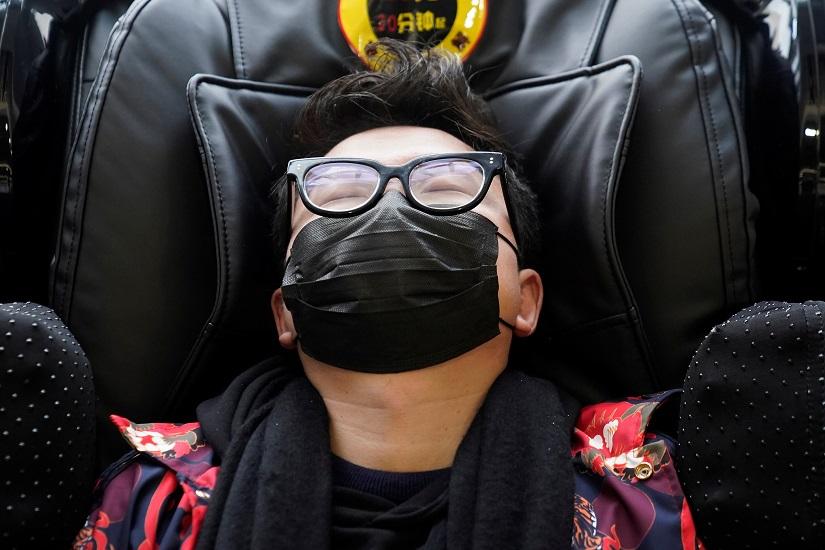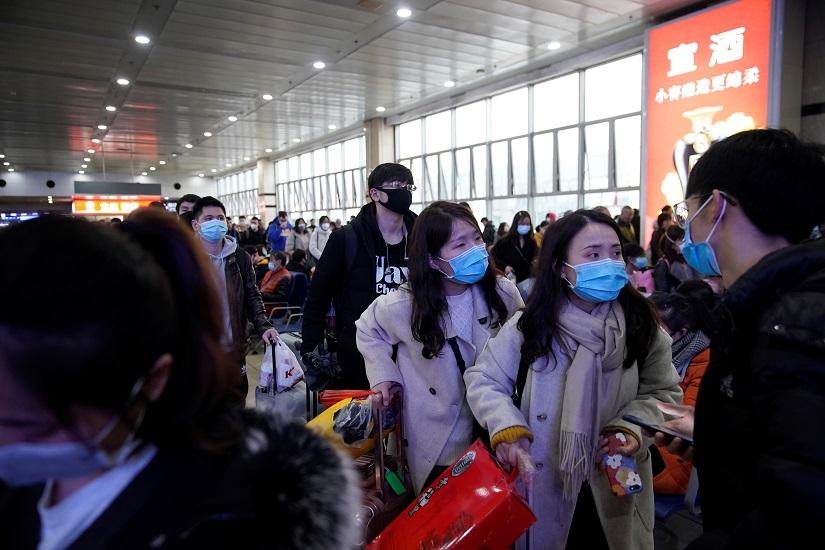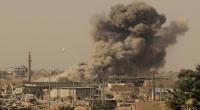 At least nine people have died from a new coronavirus in China following an outbreak in the central city of Wuhan, and more than 470 cases have been reported globally, most of them in China where the infection has spread faster in recent days.
At least nine people have died from a new coronavirus in China following an outbreak in the central city of Wuhan, and more than 470 cases have been reported globally, most of them in China where the infection has spread faster in recent days.
Global health authorities and financial markets fear the transmission rate will accelerate as hundreds of millions of Chinese will travel domestically and overseas during the upcoming week-long Lunar New Year holiday.
KNOWN CASES
China's National Health Commission has confirmed nine deaths and 440 cases by the end of Jan. 21. Local and regional authorities on Jan. 22 reported an additional 27 new cases.
Thailand has reported four cases, and South Korea, Japan, Taiwan and the United States one each. All of those cases involved people who had recently been in Wuhan.
AUTHORITIES INVESTIGATING ORIGIN
Chinese health authorities are still trying to determine the origin of the virus, which they say came from a market in Wuhan where wildlife was traded illegally. The World Health Orgainization (WHO) says an animal appears most likely to be the primary source.
China's National health Commission Vice Minister Li Bin told reporters during a briefing on Jan. 22 there is evidence of respiratory transmission of the virus from patient to patient. Chinese authorities have also said 15 medical staff have been infected.
Chinese authorities have also said 15 medical staff have been infected.
Some experts say the virus may not be as deadly as some other coronaviruses such as Severe Acute Respiratory Syndrome (SARS), which killed nearly 800 people during a 2002-2003 outbreak also originating from China.
COUNTER-MEASURES
There is no vaccine for the new virus, which China says is mutating. Symptoms include fever, cough and difficulty in breathing.
Chinese authorities have stepped up monitoring and disinfection efforts ahead of the Lunar New Year break that formally starts on Jan. 24, when many of China's 1.4 billion people will travel domestically and overseas.
They have also advised people to not travel to Wuhan and also asked Wuhan residents to remain in the city. Airport authorities in the United States as well as many Asian countries, including Japan, Thailand, Singapore and South Korea, stepped up screening of passengers from Wuhan.
Airport authorities in the United States as well as many Asian countries, including Japan, Thailand, Singapore and South Korea, stepped up screening of passengers from Wuhan.
Singapore announced on Jan. 21 it will quarantine individuals with pneumonia and travel history to Wuhan within 14 days before the onset of symptoms. Taiwan's government on Jan. 22 advised people to not visit Wuhan unless they absolutely must and suspended Wuhan tourist groups from visiting the island.
The WHO sent directives to hospitals around the world on infection prevention and control. It has also convened an emergency committee of experts on Jan. 22 to assess whether the outbreak constitutes an international emergency.
PUBLIC, COMPANIES REACT
While the WHO has yet to recommended trade or travel restrictions, some Chinese travel booking platforms and airlines have offered free cancellations for Wuhan trips.
Beyond Wuhan, some Chinese have begun cancelling other travel plans for the Lunar New Year season and avoiding public areas like cinemas and shopping centres. Companies are handing out masks and warning staff to avoid Wuhan.
Shanghai's Disneyland will waive some rescheduling fees for customers that change travel plans. Hong Kong's Cathay Pacific Airways Ltd will let passengers to Wuhan change or cancel flights without charge through Feb. 15 and permit cabin crew to wear masks on flights to the mainland.
 International
International
30876 hour(s) 53 minute(s) ago ;
Morning 07:48 ; Thursday ; Apr 25, 2024
Factbox: What we know about the new coronavirus
Send
Reuters
Published : 18:44, Jan 22, 2020 | Updated : 19:26, Jan 22, 2020
Published : 18:44, Jan 22, 2020 | Updated : 19:26, Jan 22, 2020
0 ...0 ...
/zmi/
Topics: Top Stories
- KOICA donates medical supplies to BSMMU
- 5 more flights to take back British nationals to London
- Covid19: Rajarbagh, Mohammadpur worst affected
- Momen joins UN solidarity song over COVID-19 combat
- Covid-19: OIC to hold special meeting
- WFP begins food distribution in Cox’s Bazar
- WFP begins food distribution in Cox’s Bazar
- 290 return home to Australia
- Third charter flight for US citizens to return home
- Dhaka proposes to postpone D8 Summit
Unauthorized use of news, image, information, etc published by Bangla Tribune is punishable by copyright law. Appropriate legal steps will be taken by the management against any person or body that infringes those laws.
Bangla Tribune is one of the most revered online newspapers in Bangladesh, due to its reputation of neutral coverage and incisive analysis.
F R Tower, 8/C Panthapath, Shukrabad, Dhaka-1207 | Phone: 58151324; 58151326, Fax: 58151329 | Mob: 01730794527, 01730794528


